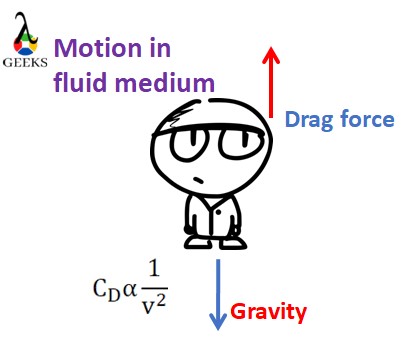This is why the increased range of the Lucid is so key. Let me explain.
I have a Lucid Air Touring with 19" wheels (aerocaps removed). I have just over 15K miles and my lifetime efficiency is 3.6 miles/kWhr. This translates to a range of 331 miles (3.6 x 92kWh battery size) or about 78% of the EPA estimated range of 425 miles. Real world driving means 75-80 mph on the highway, occasional cold temps, occasional launches/spirited driving. Given all these variables I am very happy with my efficiency and range. So why do I say that real world "practical" range on a road trip is 50%, not 78%? Because you never go all the way to 0% and when charging at a DC fast charger, it is inefficient to charge past 80% or so. Personally, I never go below 15% SOC and typically stop fast charging when I reach 80%. Therefore, I use only 65% of my battery capacity. 65% of 78% is 51%. In my car, this translates to 215 miles. For me, this is plenty, but it is far less than the EPA number of 425 miles and highlights the importance of understanding "practical range" for EV owners. It makes me value my Lucid all the more. A friend of mine has a MachE with an EPA rated range of 250 miles. His "practical" range on a road trip is only 125 miles and makes long road trips for him somewhat difficult since he has to stop for 30 minutes every 2 hours. In my Lucid, I stop for 30 minutes every 3.5 hours.
I didn't really understand this when I first bought my Lucid but I think it's important for new (and old) EV owners to know.
I have a Lucid Air Touring with 19" wheels (aerocaps removed). I have just over 15K miles and my lifetime efficiency is 3.6 miles/kWhr. This translates to a range of 331 miles (3.6 x 92kWh battery size) or about 78% of the EPA estimated range of 425 miles. Real world driving means 75-80 mph on the highway, occasional cold temps, occasional launches/spirited driving. Given all these variables I am very happy with my efficiency and range. So why do I say that real world "practical" range on a road trip is 50%, not 78%? Because you never go all the way to 0% and when charging at a DC fast charger, it is inefficient to charge past 80% or so. Personally, I never go below 15% SOC and typically stop fast charging when I reach 80%. Therefore, I use only 65% of my battery capacity. 65% of 78% is 51%. In my car, this translates to 215 miles. For me, this is plenty, but it is far less than the EPA number of 425 miles and highlights the importance of understanding "practical range" for EV owners. It makes me value my Lucid all the more. A friend of mine has a MachE with an EPA rated range of 250 miles. His "practical" range on a road trip is only 125 miles and makes long road trips for him somewhat difficult since he has to stop for 30 minutes every 2 hours. In my Lucid, I stop for 30 minutes every 3.5 hours.
I didn't really understand this when I first bought my Lucid but I think it's important for new (and old) EV owners to know.


